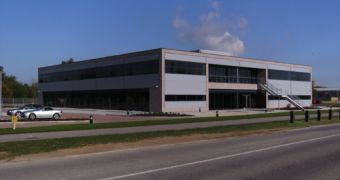The European Space Agency (ESA) seems to be doing better, in spite of the global economic crisis, as its latest feats suggest. After announcing a collaboration program with NASA concerning future Mars missions aimed to bring back samples from the red planet and receiving an important infusion of capital (of €1 billion), the agency has signed an agreement in principle with the United Kingdom government in order to build a research center in Britain.
The institution that will house the center will be the Harwell Science and Innovation Campus in Oxfordshire, as the official act signed during the ESA Ministerial conference in The Hague by the UK Minister for Science and Innovation, Lord Drayson, and by ESA's Director General Jean-Jacques Dordain indicates. The research center could be developed and operational by next year.
"STFC welcomes this significant announcement, as I'm sure the UK space community will. The development of an ESA center at the Harwell Science and Innovation Campus is a direct result of the UK's strong record in space, both within industry and in academia," stated Professor Keith Mason, Chief Executive of the Science and Technology Facilities Council, a major partner of HSIC, as quoted by Eurekalert.
"The proposed space center will place an emphasis on exploiting the benefits of space to terrestrial users, and knowledge exchange and development to support the future ESA program, including planetary exploration and understanding the changing climate of the Earth. It will take full advantage of the unique environment being created at the Harwell Science and Innovation Campus where state-of-the-art publicly funded scientific facilities will operate alongside industrial R&D."
The center will aid European scientific institutions develop new technologies, including climate change models based on data gathered from space, as well as new techniques and equipment destined to a better space and planetary exploration, such as robotic devices and new energy sources.

 14 DAY TRIAL //
14 DAY TRIAL //